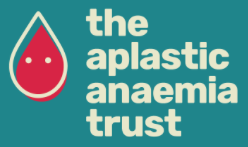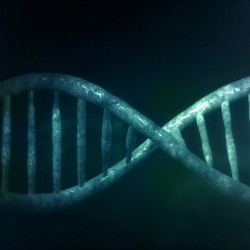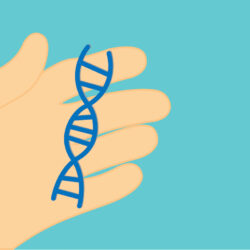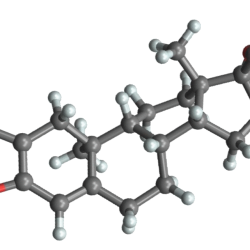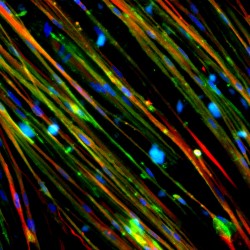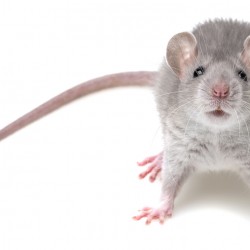Better Together Newsletter, Spring 2023
As you may already be aware, DC Action is part of an exciting project called Better Together for Healthy Bone Marrow. This is a project supported by The National Lottery Community Fund and sees us working alongside six other small but mighty charities. We would like to share our Better Together Newsletter with you which[…]


